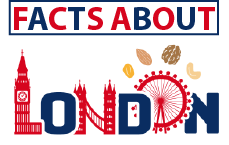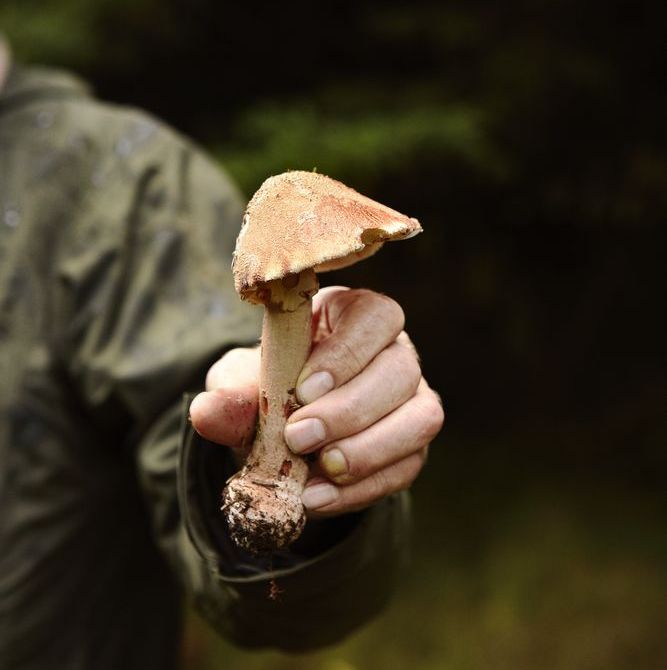Introduction:
London, a city renowned for its iconic landmarks and bustling urban life, also holds hidden treasures in its green spaces. Mushroom foraging, an ancient practice enjoying a modern resurgence, offers a unique way to connect with nature amid the urban sprawl. In this guide, we’ll delve into the fascinating world of mushroom foraging in London, exploring the best spots, safety tips, and the diverse fungi awaiting discovery.
1. Know Before You Go:
Before embarking on a mushroom foraging adventure, it’s crucial to equip yourself with knowledge. Familiarize yourself with the various species found in the region, paying special attention to edible varieties and those best left untouched. Invest in a reputable field guide or join a local foraging group to learn from experienced enthusiasts.
2. Choose the Right Season:
Mushrooms are seasonal, and their availability depends on weather conditions. The best time for mushroom foraging in London is typically from late summer to early winter. Autumn, in particular, is a prime season when fungi flourish in the damp and cool conditions.
3. Explore London’s Green Spaces:
Despite its urban nature, London boasts an abundance of parks, woodlands, and nature reserves where mushrooms thrive. Consider exploring places like Hampstead Heath, Epping Forest, and Wimbledon Common. These green spaces offer a tranquil escape and a rich diversity of fungal life.
4. Identify Edible Mushrooms:
London’s parks are home to various edible mushrooms, including the delectable Chanterelles, Cep (Porcini), and Chicken of the Woods. However, exercise caution and never consume a mushroom unless you are absolutely certain of its identity. When in doubt, consult with experienced foragers or mycologists.
5. Practice Sustainable Foraging:
Responsible foraging is key to preserving the delicate ecosystems of London’s green spaces. Only take what you need, avoid damaging the mycelium (the fungus’s underground network), and leave some mushrooms to drop spores for future growth. Respect nature and fellow foragers, and adhere to any local regulations regarding foraging.
6. Safety First:
Some mushrooms in London, as in any region, can be toxic or hallucinogenic. Be aware of dangerous look-alikes, such as the toxic Death Cap, and prioritize safety in your foraging endeavors. If you’re uncertain about a mushroom’s edibility, consult with experts or local mycological societies.
7. Join Foraging Events:
Consider joining guided foraging walks or events led by experienced foragers. These events provide an excellent opportunity to learn hands-on, ask questions, and gain confidence in identifying mushrooms. Local organizations often host foraging workshops and educational programs.
8. Document Your Discoveries:
Bring along a camera or notebook to document the mushrooms you encounter. Not only does this enhance your learning experience, but it also allows you to share your finds with experts who can help with identification. Capture details like the habitat, size, color, and any distinctive features.
Conclusion: A Fungal Adventure in the Heart of London
Mushroom foraging in London offers a unique and rewarding way to connect with nature, even in the midst of a bustling metropolis. As you explore the city’s green spaces, immerse yourself in the fascinating world of fungi, but always prioritize safety and sustainability. With a curious spirit, a keen eye, and the guidance of experienced foragers, you’ll uncover the diverse and enchanting mushroom kingdom thriving beneath the urban canopy of London. Happy foraging!

